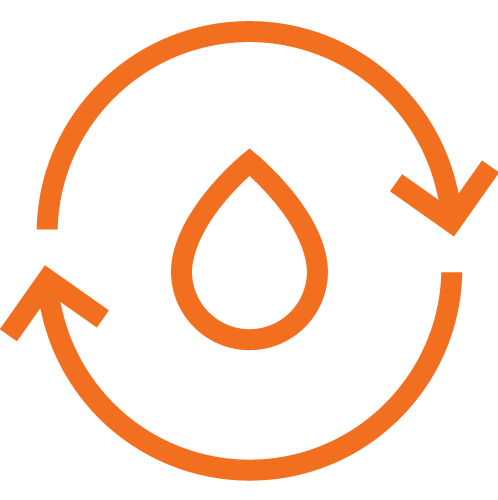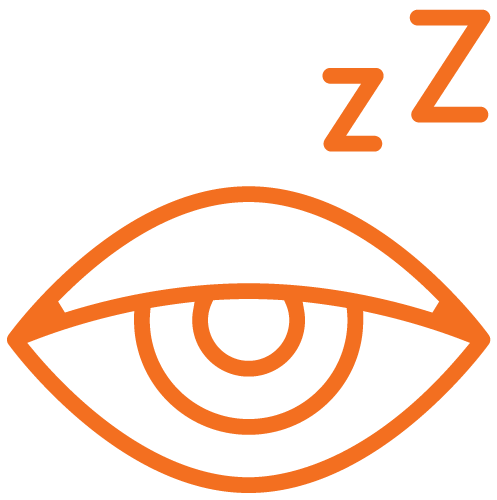What is a Migraine?
Migraine is a neurological disorder that is thought to be the result of temporary changes in the chemicals, nerves and blood vessels in the brain. The exact cause of migraines is unknown although around half of all people who experience migraines also have a close relative with the condition, suggesting that genes may play a role.
Some people find migraine attacks are associated with certain triggers, which can include:

Menstrual Cycle

Stress

Tiredness

Certain Foods or Drink
Migraine can cause severe throbbing pain or a pulsing sensation, usually on one side of the head. It’s often accompanied by nausea, vomiting, and extreme sensitivity to light and sound. Migraine attacks can last for hours to days, and the severity of the pain and other symptoms can be high disabling such that most activities of daily living cannot be performed and/or bedrest is necessary.
For some people, a warning symptom known as an aura occurs before or during the attack. An aura can include visual disturbances, such as flashes of light or blind spots, or other disturbances, such as difficulty speaking or tingling on one side of the face or in an arm or leg.
Migraine Facts
The American Migraine Foundation estimates that almost 40 million Americans live with migraine, but because many people do not get a diagnosis or the treatment they need, the actual number is probably higher.




Migraines are a highly prevalent and serious condition, with substantial disability and economic consequences. Although there have been advances in the treatment of migraine over the past decade, many people with migraine still do not get adequate response from available options. New, easy to use treatment options are still needed.
Sources
1. National Headache Foundation
2. Steiner, The Journal of Headache and Pain 2020
3. Migraine Research Foundation
4. Lipton, Headache 2017
